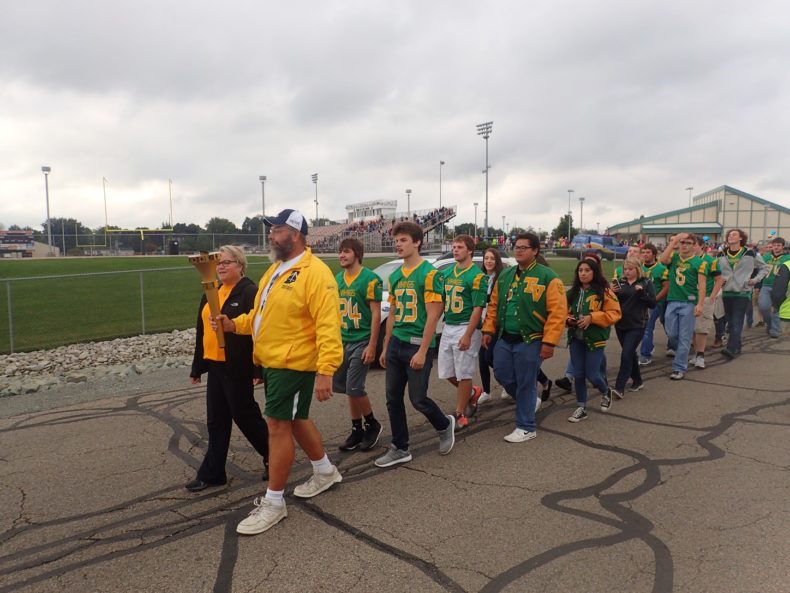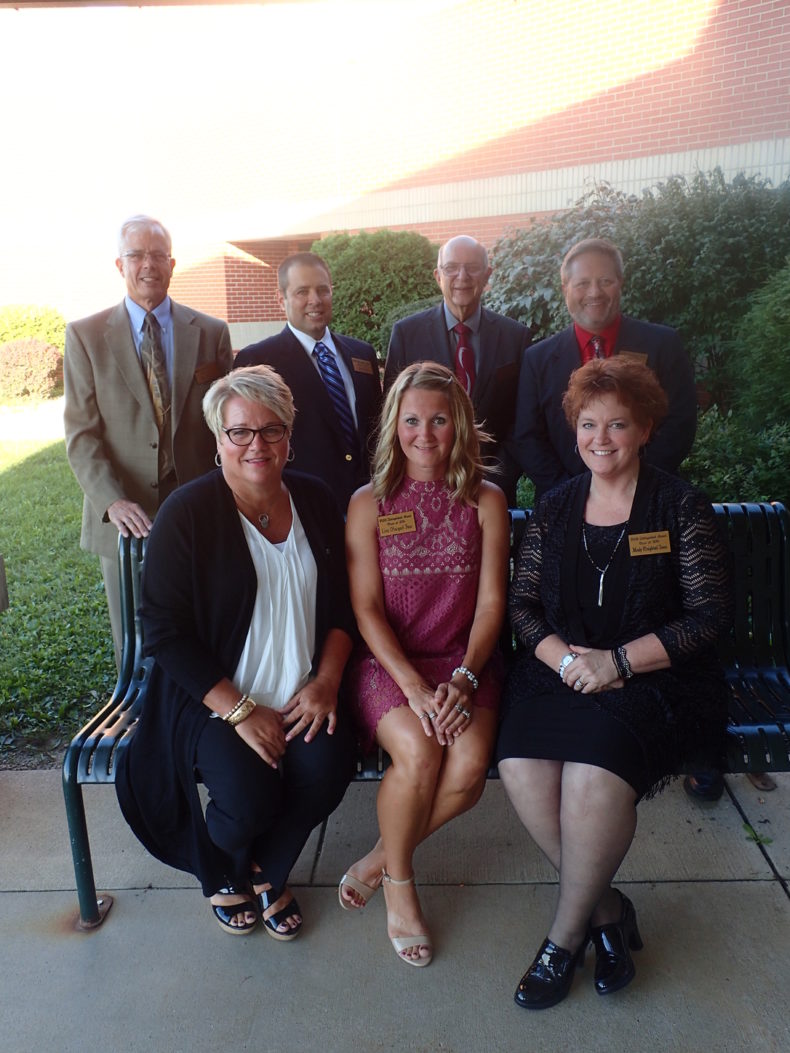VALLEY INSIGHT By Cory Cooper, Assistant Principal, Tippecanoe Valley Middle School
“There’s an app for that” and one of our students designed it!
Preparing students for the workforce of tomorrow is an always-evolving task. The Tippecanoe Valley School Corporation (TVSC) continuously evaluates the entire K-12 curriculum to ensure that it offers its students the best opportunities for success while at TVSC and beyond graduation.
The projected number of job openings in 2018 for Science, Technology, Engineering, and Math (STEM) fields will reach 2.8 million. Of these, approximately 1.4 million jobs will be for computer specialists. Indiana Hot Jobs and The U.S. Bureau of Labor Statistics both list software developers, applications/Computer Science (CS) degree fields as occupations with the most job growth between the years 2014 to 2024. The average salaries for CS related fields currently range from $65,000 to $100,000. The projected industry demand for students with these skills will likely exceed the supply of qualified workers.
In light of these projections, TVSC has added more STEM components to its K-12 curriculum that will not only provide challenging problems for students to solve, but involve them in exciting, real-world, hands-on activities. And what could be more exciting for students than learning how to design, program, create, and test apps for a multitude of devices or programming a robot that their group built to solve a challenge?
This past year Tippecanoe Valley Middle School (TVMS) became the second school in the TVSC to add a STEM curriculum program through Project Lead the Way (PLTW). Tippecanoe Valley Middle School’s PLTW STEM program initially offered two courses: Design and Modeling (DM) and Automation and Robotics (AR).
Starting in August of the 2016-2017 school year all TVSC schools will offer STEM programs with computer science-related curriculum components that will prepare students for the 21st century workforce.
Through the Corporate Partnership for Economic Growth (CPEG) Northern Indiana PLTW School Grant, TVMS will send its PLTW STEM instructor to receive the additional Intro to Computer Science (ICS) course training this summer. TVMS students from grade 6 to 8 will take two foundation courses: Design and Modeling, Automation and Robotics; and the newly added specialization course: Introduction to Computer Science.
Mentone and Akron Elementary Schools will both be starting new STEM PLTW Launch programs that will have computer science components embedded into the curriculum as well, and are sending two teachers to training this summer. This STEM program for kindergarten through fifth grade will help students become problem solvers. Students will use structured approaches, like the engineering design process, and critical thinking. They will apply STEM knowledge, skills, and habits of mind, basic computer science concepts, and learn that it is okay to take risks and make mistakes.
Tippecanoe Valley High School (TVHS) will also send a business instructor to receive the high school level of Computer Science training. TVHS students in grades 9 to12 will be offered this new Computer Science and Software Engineering course through the business department this year. Computer Science and Software Engineering is a PLTW course in which students will create apps for mobile devices, automate tasks in a variety of languages, find patterns in data, and interpret simulations. Students will collaborate to create and present solutions that can improve people’s lives.
With the addition of these new courses and the implementation of this new program at the elementary level, TVSC is now offering a fully aligned STEM curriculum from Kindergarten through 12th grade, and in the near future, we’ll be able to proudly say “There’s an app for that and one of our students designed it!”.
As Tippecanoe Valley’s vision statement states, TVSC does whatever it takes to equip all students to be outstanding – today, tomorrow, and beyond.













